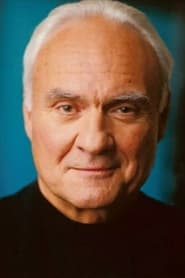
No More Hibakusha!(1983)
Survivors of the 1945 bombings of Hiroshima and Nagasaki travel to New York for a UN conference on disarming nuclear weapons.

Movie: No More Hibakusha!
Top 6 Billed Cast
(voice)
(voice)
(voice)
(voice)
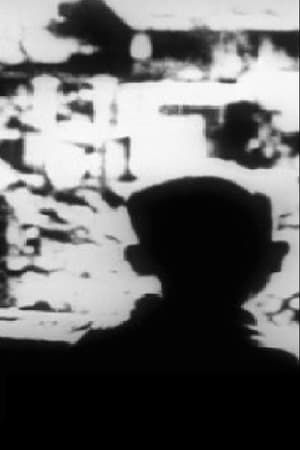
No More Hibakusha!
HomePage
Overview
Survivors of the 1945 bombings of Hiroshima and Nagasaki travel to New York for a UN conference on disarming nuclear weapons.
Release Date
1983-02-09
Average
0
Rating:
0.0 startsTagline
Genres
Languages:
EnglishKeywords
Similar Movies
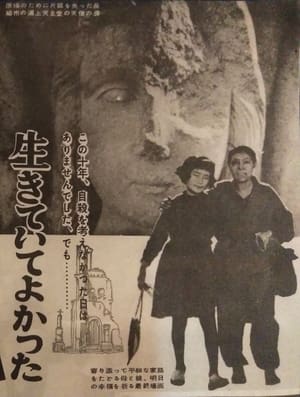 5.0
5.0It Is Good to Live(ja)
A documentary about the survivors of attacks on Hiroshima and Nagasaki.
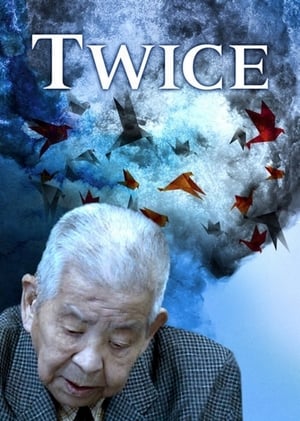 7.7
7.7Twice: The Extraordinary Life of Tsutomu Yamaguchi(ja)
Tsutomu Yamaguchi is a hibakusha. A survivor of both atomic bomb blasts in 1945. First at Hiroshima, then again at Nagasaki. Now nearing 90, Yamaguchi finally speaks out. Breaking taboos of shame and sorrow, he responds to a call to fight for a world without nuclear weapons by telling his story, so that no one else will ever have to tell one like it again. Twice reconstructs Yamaguchi’s experiences in 1945 Japan, interviews him on the after-effects of exposure and documents the last five years of the late-blooming activist’s life.
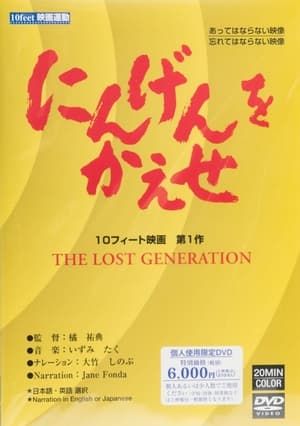 0.0
0.0The Lost Generation(ja)
Documentary about the victims and effects in the Hiroshima bombing. Part of the "Ten-Feet Movement"
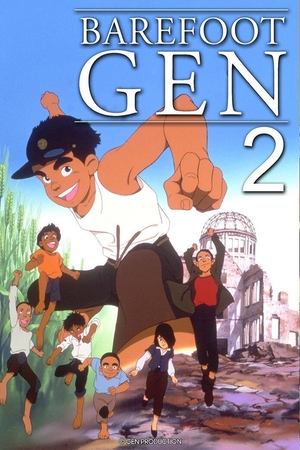 6.5
6.5Barefoot Gen 2(ja)
Three years after the Hiroshima bombing, a teenager helps a group of orphans to survive and find their new life.
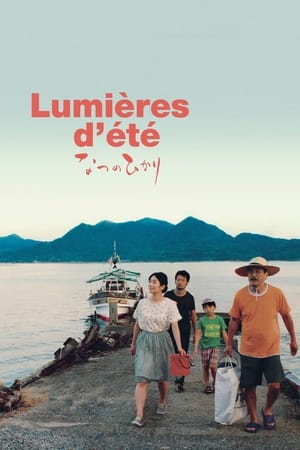 6.6
6.6Summer Lights(ja)
On the 70th anniversary of the atomic bombing of Hiroshima, Akihiro, a native Japanese filmmaker living in Paris, travels to Japan to interview survivors for a documentary commemorating the victims of the attack. Deeply moved by the interviews, he decides to take a break to wander through the city during which he meets Michiko, a merry, enigmatic young woman. Michiko takes him for a joyful and improvised journey from the city towards the sea where the horrors of the past are mingled with the simplicity of the present.
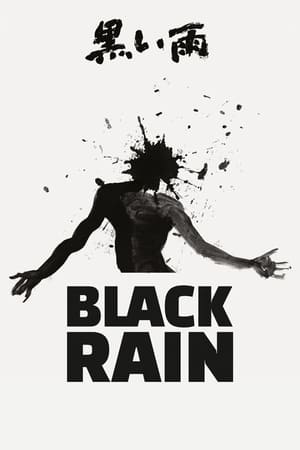 7.5
7.5Black Rain(ja)
Shigematsu Shizuma, who lives with his family in a village near Fukuyama, was in Hiroshima with his wife and niece just after the devastating atomic bombing, a tragedy that cruelly took the lives of thousands of people and forever marked the harsh existence of the survivors.
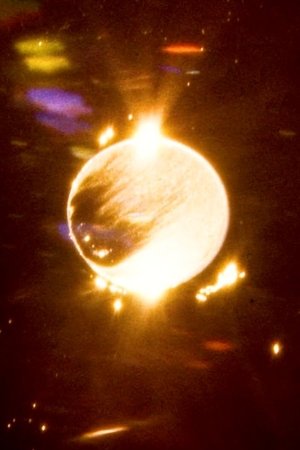 0.0
0.0Hiroshima - Nagasaki(ja)
Voices from Tsutomu Yamaguchi, who was twice exposed to the atomic bombs in Hiroshima and Nagasaki and later became a storyteller, as well as those who continue the storyteller activities with his daughters, grandchildren, and great-grandchildren, and other people who were twice exposed to the atomic bombs. How will a storyteller who was not involved in the story pass on the memories in the future?
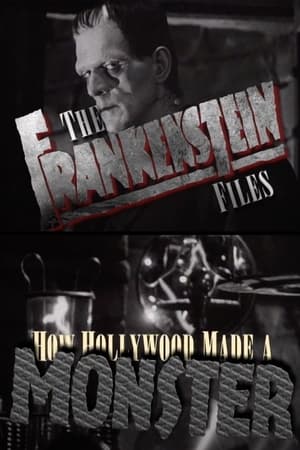 7.7
7.7The 'Frankenstein' Files: How Hollywood Made a Monster(en)
The history of Frankenstein's journey from novel to stage to screen to icon.
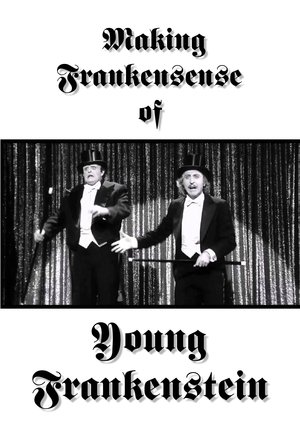 8.5
8.5Making Frankensense of Young Frankenstein(en)
Via reminiscences from writer/actor Gene Wilder and others, this documentary recalls the making of the 1974 film Young Frankenstein.
 7.5
7.5She's Alive! Creating 'The Bride of Frankenstein'(en)
Documentary about the making of 1935's "The Bride of Frankenstein."
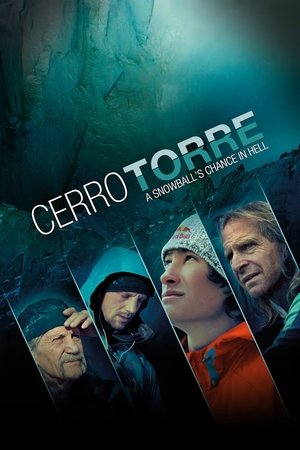 6.8
6.8Cerro Torre: A Snowball's Chance in Hell(en)
Movie about David Lama climbing the Patagonian mountain Cerro Torre for the first time free, a mountain that has been dubbed the most difficult to climb in the world.
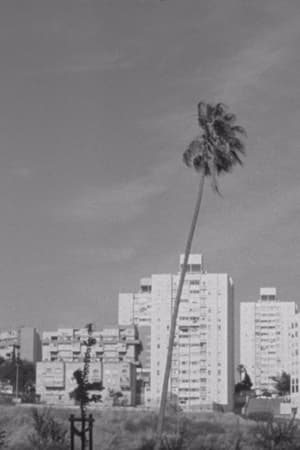 0.0
0.0Thirteen Ways of Looking at a Blackbird(pt)
Taking its title from the poem by Wallace Stevens, the film is composed of a series of attempts at looking and being looked at. Beginning as a city state commission under the name and attitude of “Unschool”, the film became a kaleidoscope of the experiences, questions and wonders of a couple of high school students after a year of experiences with filmmaker Ana Vaz questioning what cinema can be. Here, the camera becomes an instrument of inquiry, a pencil, a song.
 0.0
0.0The Red Filter is Withdrawn.(ko)
If you look into the entrance of one of the huge caves on the Korean island of Jeju, it looks like a camera lens. If you walk into the cave, it looks like a screen, a rectangle showing clouds and white light, just like a film. Director Kim Minjung delves into the bloody history of Jeju, where tens of thousands were killed in a massacre in 1948. The camera follows the traces in the landscape, sometimes transformed by a strident, distance-creating red light, accompanied by a commentary by avant-garde filmmaker Hollis Frampton. Film as a means to address history and its taboos.
 8.0
8.0Mengele, the hunt for a Nazi criminal(fr)
He was one of the most notorious Nazi war criminals, infamous for his assassination attempts on twins. But at the end of World War II, he simply disappeared...
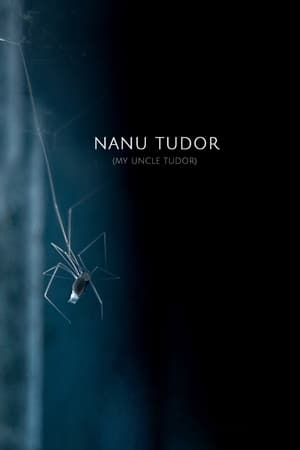 9.0
9.0My Uncle Tudor(mo)
In intimate close-ups the camera captures an idyllic scene that seems to belong to a different era.
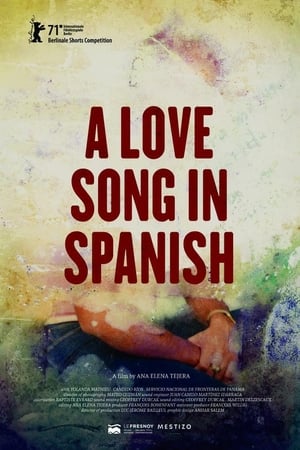 5.0
5.0A Love Song in Spanish(es)
The piece, an experiment that begins on the skin, in the skins of a family that spoke in silence about a tropical dictatorship in the 1980s, the dictatorship of a house. The skins whispered silently and their voices were heard in the corners, on the walls, in the cooking pot, on the soupspoon, on the wet beans. As the soldiers marched in the streets, the echo of their footsteps resonated in the walls of the home of a military man’s family, a house where the words were forgotten. With few oral resources, some photographs and some stolen confessions, the director proposes an exploration that goes from the personal to the political through a fictionalized experience of the family story related to the dictatorship of Panama.
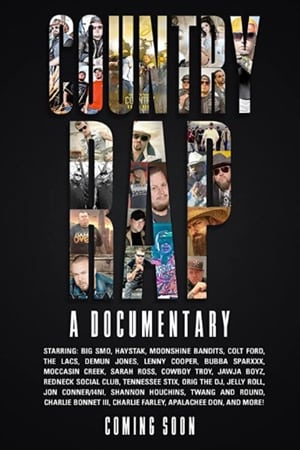 0.0
0.0Country Rap: A Documentary(en)
The first and only documentary to tell the true, grassroots story behind the rise of the COUNTRY RAP phenomenon, starring its biggest stars telling their stories to over a half BILLION YouTube fans first-hand.
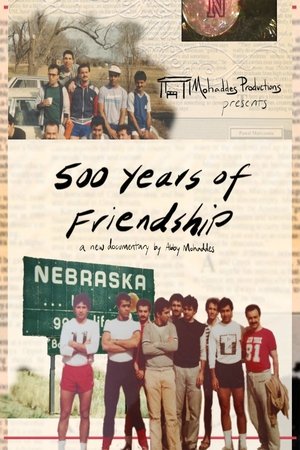 0.0
0.0500 Years of Friendship(en)
In her debut documentary, director Abby Mohaddes shares the story of her father’s enduring bond with his college friends, spanning over forty years. Dubbed the “Nebraska Group,” these men from Iran found strength in each other’s company as they navigated both the political strife of the Iranian Revolution and the Iran Hostage Crisis while studying at the University of Nebraska as foreign students in the 1970s. Joining her father and his friends as they take a sentimental journey back to Lincoln, Nebraska, Abby bears witness to the power of the group’s friendship, a bond that now transcends generations.
 0.0
0.0Transfers(es)
"Traslados" is a compelling documentary that investigates the notorious "Death Flights" conducted during Argentina's last civic-military dictatorship (1976-1983). Through powerful testimonies from former detainees, victims' families, and experts, along with archival footage, animations, and emotional recreations, the film pieces together the intricate puzzle of evidence that confirms the regime's brutal methods of murder and forced disappearance. Key moments featured include the discovery of the body of French nun Leonnie Duquet, the infiltration of military officer Alfredo Astiz into the Madres de Plaza de Mayo group, and an interview with Nobel Peace Prize laureate Adolfo Pérez Esquivel. The documentary also highlights the significant event of a plane used in the "Death Flights" returning to Argentina in 2023, serving as a poignant reminder of this dark chapter in history.

